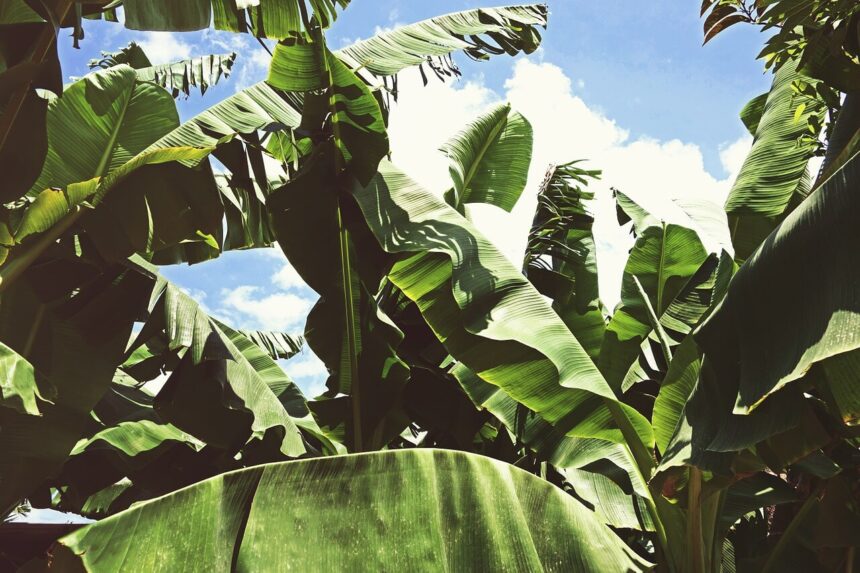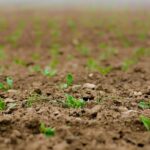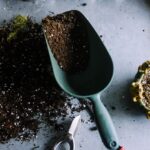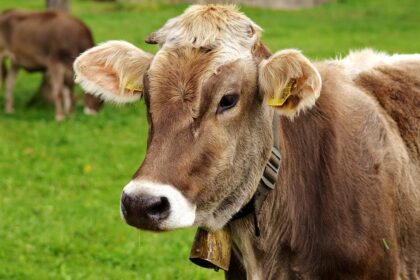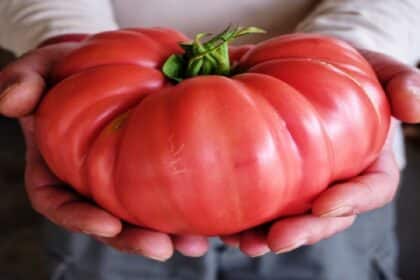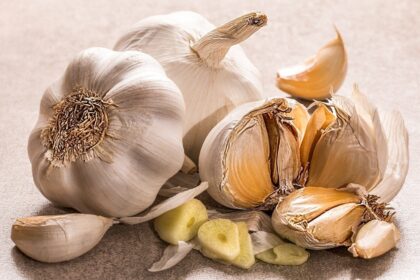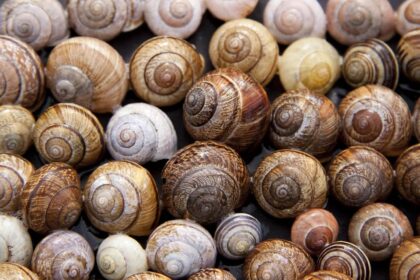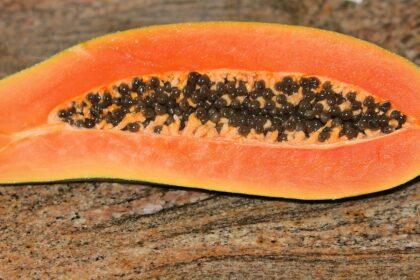Are you looking for profitable banana farming In Kenya? Then, you have come to the right place. In this short banana farming pdf, we will show you precisely what you need to succeed.
Let’s get you started on what you came here to look read without wasting much of your precious time.
Banana Farming In Kenya
Bananas are one of the most cultivated tropical crops after maize and beans. The banana fruit is also a source of income in many households and a staple product.
Besides being used as a fruit, bananas complement fruit salads, starch, crips, alcohol, or even dried and then sold as a dry fruit.
The banana flower is also a vegetable but must be boiled in salty water to remove the bitter taste.
This plant’s leaves and stems are suitable for dairy and poultry consumption as they provide essential protein supplements.
Climatic conditions
Bananas do well in warm climatic conditions coupled with constant humidity in the air. These plants need long and regularly distributed rains with temperature ranges of 26-27ºC.
These conditions are met at 30 to 31º North or South and 1 to 2m altitudes. In Kenya, Kisii and Meru are good examples of these conditions.
In tropical conditions, light does not have as much effect on plant development as in subtropical conditions.
Although by decreasing the light intensity, the plant’s vegetative cycle is prolonged. The growth of the suckers is also affected by the quantity and strength of light.
Bananas require a minimum amount of rain from 120 to 150mm per month or 44mm per week.
The lack of water at any given time can cause a reduction in the number and size of the fruits and the final yield of the harvest.
Soil Requirements
Banana cultivation and development thrive well in soils with the following characteristics;
- Silty clay loam soils
- Sandy loam soils.
- Any other soil with a loamy loam texture is also good.
The soils should also be rich in nitrogen, fertile, and well-drained with a permeability of 1.2-a.5m deep.
Soils rich in potassium, limestone, clay-siliceous, or those obtained from deforestation but not retaining water during the rainy seasons are also suitable for banana cultivation.
It is important to note that banana trees have a high soil acidity tolerance. Therefore, the soil PH should be between 4.5 and 8, with the optimum being 6.5. Although this may be true, bananas thrive the best on flatlands, with 0-1% slopes.
Propagation techniques
As you all know, bananas are incapable of producing seeds. Therefore, this leaves us with only two methods of reproduction.
And that is through asexual and vegetative propagation. Therefore, let us look at the various techniques of banana farming in Kenya’s propagation.
Methods of Banana propagation.
- Traditional propagation
- Propagation by the Corms division.
- Propagation by sprout division.
- Propagation by rupture and elimination of the central bud
- Propagation through the use of shoots.
- Propagation through “Vitro plants.”
- Propagation and simultaneous production (PPS)
Banana propagation and planting highly depend on the type and age of the suckers used during cultivation.
A well-developed sprout should be at least 75cm high with a stem diameter of 15cm and have straight leaves.
The sprout will, in turn, reproduce other suckers 18 months after transplantation. The banana trees will start bearing fruits well after 2-3 years.
How to plant the banana suckers
Once the suckers have been chosen and are ready for planting, holes are dug in open ground to prepare.
Gaps of 0.30-0.40 x 0.30-0.40 x 0.30-0.40m are recommended. It is convenient to add 2-3kg of organic fertilizer at the bottom of the hole to improve root development.
The distance from one sucker to the next for short banana varieties should be 3m. And from one row to the other, row to row should be 3M. It is advisable to plant at least 1000 bananas per acre.
The distance from one sucker to the next for the wide variety of bananas should be 3m. And from one row to the other, row to row should be m. Here at least, you can plant 480 bananas on an acre.
The best time to plant banana suckers is during long rains. You can also do intercropping during the early stages of banana planting.
Crop maintenance
Weeding should occur after 4-6 weeks from the planting day to remove unwanted sprouts. The spouts should not exceed four per banana tree.
In this case, only the banana tree and three tiny, medium-sized sprouts should be allowed to grow.
Too many banana trees in a given spot can cause the production of small banana fruits. Unwanted shoots should be cut down and destroyed in the growing part.
The banana field is also filled with mulch, which is kept 60cm away from the trees.
Fertilizer
Just like any other crop, bananas also need fertilizer to reproduce correctly. Leguminous plants, through intercropping, provide these essential nutrients to the soil.
Cowdung and compost manure is also essential. However, we are advised to use phosphate rock for improving and strengthening the roots of bananas.
Pests and Diseases that hinder Banana Farming in Kenya
Bacterial Wilt
Bacterial wilt initially attacks the leaf between the three young leaves, turning yellowish and shriveling. Later the other leaves wither and fall around the stem of the bananas. Bananas infected with this type of disease often have spots on the inside.
How to prevent Bacterial Wilt disease
- Remove and burn all the fake banana trees.
- Use disease-free suckers.
- Lastly, always use disease-resistant suckers as possible if you can.
Banana Bunchy Top Virus
This is a random type of disease that can occur during the growth of bananas.
This disease is usually spread by aphids and can even attack young shoots. The infected plants may fail to reproduce or produce small, hardy bananas.
How to get rid of the bunchy top virus
- Use non-invasive sprouts.
- Remove and burn all infected plants, including their corms.
The Cigar End rot disease
This condition can affect ripe banana fruit, too, causing the banana’s rot and dry from the end tip. The affected fruit becomes dark and thick as ash. It looks like a cigarette end is off.
Prevention
- Avoid injuring bananas, and do not cut the banana flower 8-11 weeks from birth.
- Focus on hygiene in the field and the packing house.
- Use only healthy and clean fruits.
The Black Sigatoka disease.
This fungal infection affects the leaves of bananas, causing them to turn black or brown. The disease can significantly reduce the photosynthetic area of the leaf, which leads to a decrease in yield.
How to control Black Sigatoka
The use of fungicides is the most effective control measure for this disease.
One should make fungicide application every two weeks. The best time to apply fungicide is early or late in the afternoon.
The application should be made when the leaves are dry to avoid the risk of burning.
The Fusarium wilt disease
This is a soil-borne fungal disease that affects the roots and corms of bananas. The affected plants usually have yellow leaves that eventually turn brown and die.
How to control Fusarium wilt disease
One can do this by planting disease-resistant varieties, practicing crop rotation, and using fungicides.
The Panama disease
The Panama disease is a soil-borne fungus that can infect the root system of bananas, causing the plant to wilt and eventually die.
This disease is difficult to control and can lead to the complete loss of a banana crop.
Prevention
- Use only certified disease-free suckers.
- Avoid water-logging in banana fields.
- Drainage should be done around the roots of the banana trees.
- Apply only recommended fertilizer doses.
- Do not reuse soil from affected areas.
How to get rid of the Panama disease:
- Remove and destroy all infected plants.
- Avoid planting bananas in areas where the disease has been reported.
- Sanitize all tools and equipment that come into contact with the affected plants.
Conclusion
Banana farming is an excellent economic activity in Kenya. It helps to employ small-scale farmers and provides food for humans and animals.
Banana plants are also known to improve soil fertility. With the proper care and attention, banana farming can be a successful endeavor.





